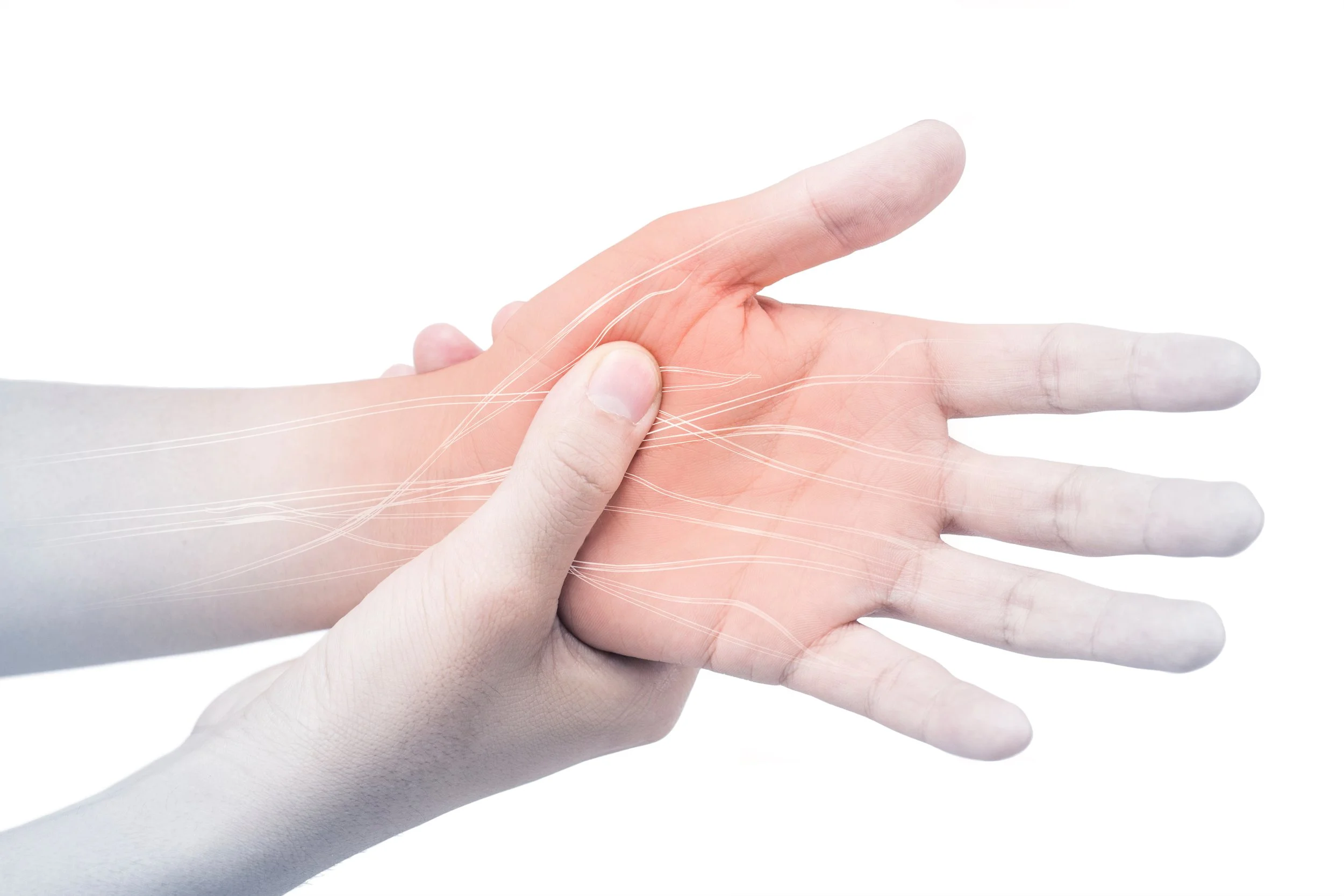PEA is for pain
Chemo-related neuropathy pain
We’ve looked at various ways of dealing with neuropathy in previous blog articles. This is another one in the series.
Neuropathy is the result of activation of mast cells, which are a particular type of white blood cell that play a role in protecting against infection by microbes and parasites. They’re also associated with allergic reactions. The reactions you get in hayfever, the runny nose, itchy eyes, sneezing etc., are caused by mast cells releasing inflammatory compounds. Mast cells can also be activated by chemo drugs, which can result in inflammation of the nerves.
When I talk about PEA, I’m not referring to the vegetable. PEA stands for Palmitoylethanolamide, which is a bit of a mouthful. So I shall refer to it as PEA throughout this article. PEA is a substance that we produce naturally in response to inflammation and pain. It’s known as an endocannabinoid; ‘endo’ means that it’s produced within the body, and ‘cannabinoid’ comes from cannabis (marijuana), so it’s a substance that the body produces that is similar to cannabis. We have a whole endocannabinoid system within our bodies that is designed to keep all of our systems operating within proper ranges. Once they have done their work, we have enzymes that break the endocannabinoids down so that they don’t move things further out of the proper range. PEA works by stopping mast cells from releasing inflammatory compounds. Sometimes, though, we can’t produce enough of our own PEA to counter the effect of things like chemo drugs.
PEA is found naturally in some foods, like soybeans, egg yolk, peanuts and, oddly enough, legumes like peas. Sadly, though, it’s in fairly small amounts and it’s not practical to get it from food. So a supplement can be really helpful.
In a small clinical trial in 2011, 20 multiple myeloma patients being treated with thalidomide and bortezomib, which are well known for causing neuropathy, were treated with 300 mg of PEA twice a day for 2 months. It didn’t get rid of the pain completely, but it did significantly improve (1).
An animal trial found that PEA reduced neuropathy pain caused by oxaliplatin, a chemo drug that’s usually used for colorectal cancers but is being tested for use in other cancers too (2). It’s significant because neuropathy can sometimes cause treatment to be reduced or discontinued. Another animal trial used PEA to treat pain caused by paclitaxel, another chemo drug that’s widely used for various cancers, including breast, ovarian, prostate, bladder, lung, oesophageal, melanoma and Kaposi’s sarcoma. They also found that it was effective (3).
Although clinical trials for cancer-related pain are limited, there have been clinical trials showing that it’s effective for other kinds of pain:
· sciatic pain
· diabetic neuropathy
· post-operative pain
· chronic pelvic pain like endometriosis
· osteoarthritis
· carpal tunnel syndrome
· general neuropathy
· pain associated with shingles
(4)
And a very recent study suggests that PEA may also be useful for migraine pain (5). So if you use PEA for neuropathy, you may get some welcome side effects in reduction of other pain.
PEA has been used safely in doses up to 1400 mg a day for up to 3 months. But the usual doses are smaller than that. In the trial on humans mentioned above, they used 300 mg twice daily for 2 months. Side effects are minimal and short-lived, the main one being mild nausea. There are no known drug interactions with PEA.
It’s definitely worth a try.
References
1. Truini A, Biasiotta A, Di Stefano G et al. Palmitoylethanolamide Restores Myelinated-Fibre Function in Patients with Chemotherapy-Induced Painful Neuropathy. CNS & Neurological Disorders - Drug Targets. 2011;10(8):916-920. doi:10.2174/187152711799219307
2. Di Cesare Mannelli L, Pacini A, Corti F et al. Antineuropathic Profile of N-Palmitoylethanolamine in a Rat Model of Oxaliplatin-Induced Neurotoxicity. PLoS One. 2015;10(6):e0128080. doi:10.1371/journal.pone.0128080
3. Donvito G, Wilkerson J, Damaj M, Lichtman A. Palmitoylethanolamide Reverses Paclitaxel-Induced Allodynia in Mice. Journal of Pharmacology and Experimental Therapeutics. 2016;359(2):310-318. doi:10.1124/jpet.116.236182
4. Hesselink J. New Targets in Pain, Non-Neuronal Cells, and the Role of Palmitoylethanolamide. Open Pain J. 2012;5:12-23. https://openpainjournal.com/contents/volumes/V5/TOPAINJ-5-12/TOPAINJ-5-12.pdf. Accessed April 14, 2022.
5. Greco R, Demartini C, Zanaboni A et al. The endocannabinoid system and related lipids as potential targets for the treatment of migraine‐related pain. Headache: The Journal of Head and Face Pain. 2022;62(3):227-240. doi:10.1111/head.14267

